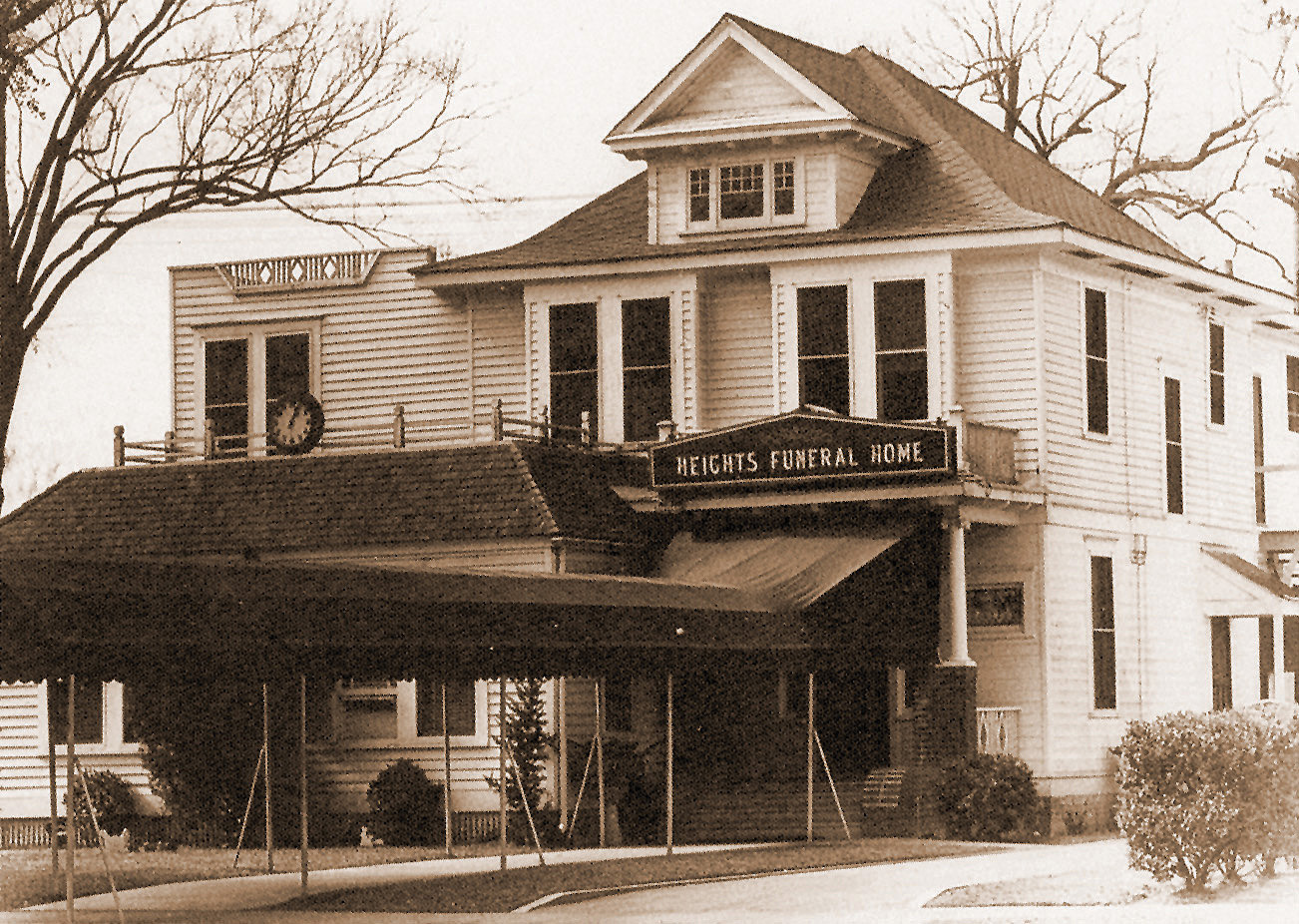How Did Heights Funeral Home Grow Into the World’s Largest Death-Care Company?
In 1926, a Houstonian named Robert E. Waltrip purchased the only funeral home in the Heights. Four years later, a second Robert Waltrip (middle initial L.) was born into the family that lived above the (still-operating) Heights Funeral Home at 1317 Heights Boulevard. Today, at 86, the younger Waltrip is founder and chairman emeritus of Service Corporation International (SCI). The company, headquartered just a few minutes away on Allen Parkway, currently owns 1,531 funeral homes and 471 cemeteries across 45 states, eight Canadian provinces, the District of Columbia and Puerto Rico. And it continues to grow.
In the early days, R.E. Waltrip’s mother helped him run the business. She’d been widowed when R.E.’s father, the principal of Reagan High School, passed away, in his fifties. R.L. Waltrip spent his childhood in what’s now upstairs office space. “Back in the older days that was kind of the way it was—in most localities, the funeral home family lived on the premises somewhere and ran the business,” he explains, recalling an era when mourners might arrive at the door at any time of night or day.
R.L. Waltrip says that even as a little boy, he wanted to be a funeral director. “It was strange at school when the teacher would ask you, ‘What do you want to be?’” he remembers. The opportunity arrived too soon, when R.E. Waltrip died in 1951, at age 48. At the time, the younger Waltrip was a junior at Rice. He dropped out to help his mother run the business and earned his degree by attending classes at UH part-time.

By 1962, Waltrip had purchased a funeral operation on Hyde Park Boulevard and built a new building, Waltrip Funeral Home in Spring Branch. It was then that he incorporated as SCI, with the goal of a funerary manifest destiny. The man had a thirst for innovation that made the business outlast so many others in the field.
In an upstairs room at Heights Funeral Home, manager Patrick Crespo pulls open a filing cabinet to show the scores of punched cards from the first computer Waltrip bought for the business, in the ’60s, to keep the books. The machine was so loud, it had to be kept in a room covered in noise-canceling foam, not unlike a radio studio.
Today, technology is still key. Funerals are planned via a computer program that takes families through every step, from choosing burial or cremation (the latter has grown immensely during Waltrip’s lifetime) to catering. That kind of infrastructure is key to the SCI model, whose philosophy is that shared resources among funeral homes help individual outposts to run more cheaply and efficiently. In effect, the bigger, the better.
Read More On Houstonia Mag




